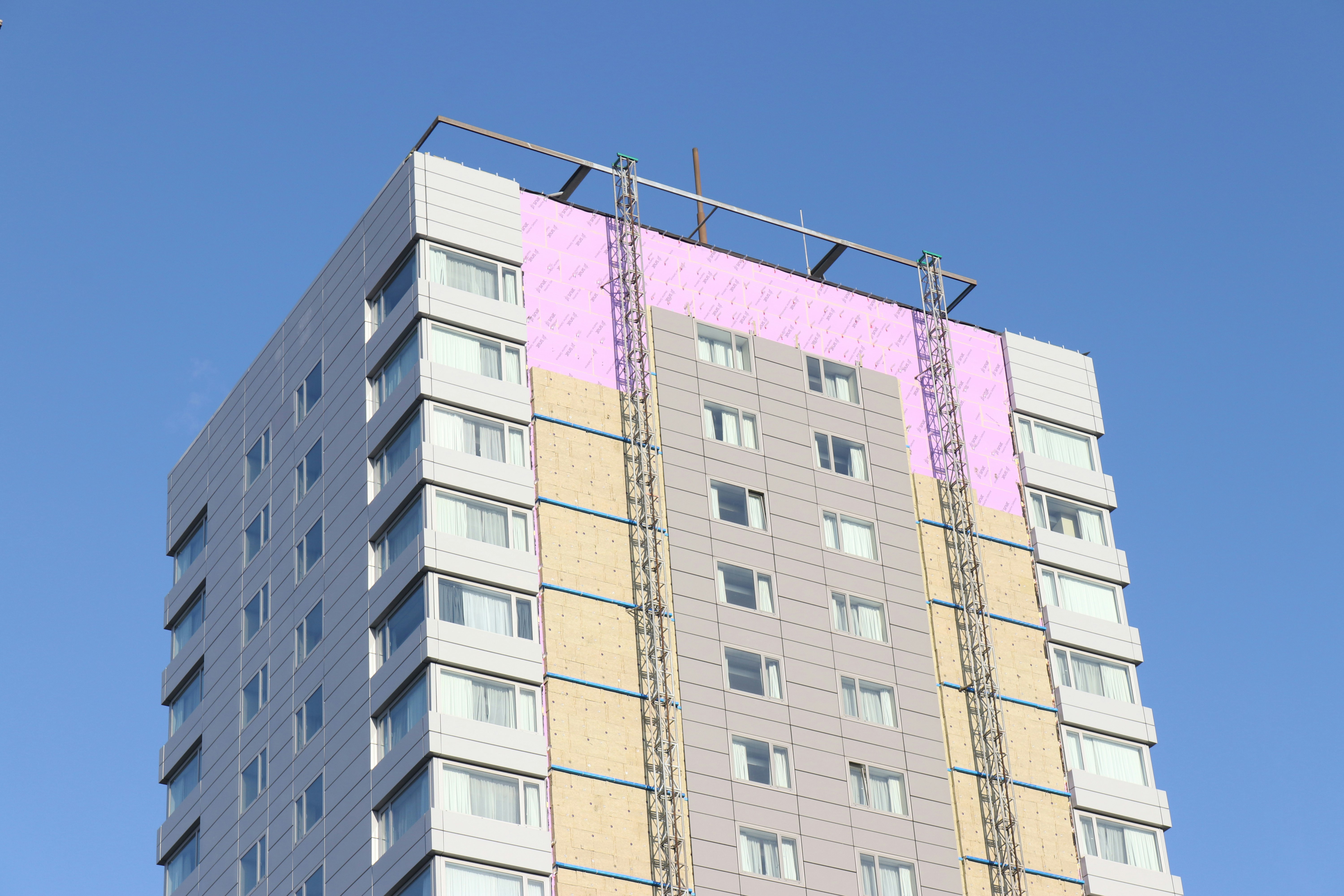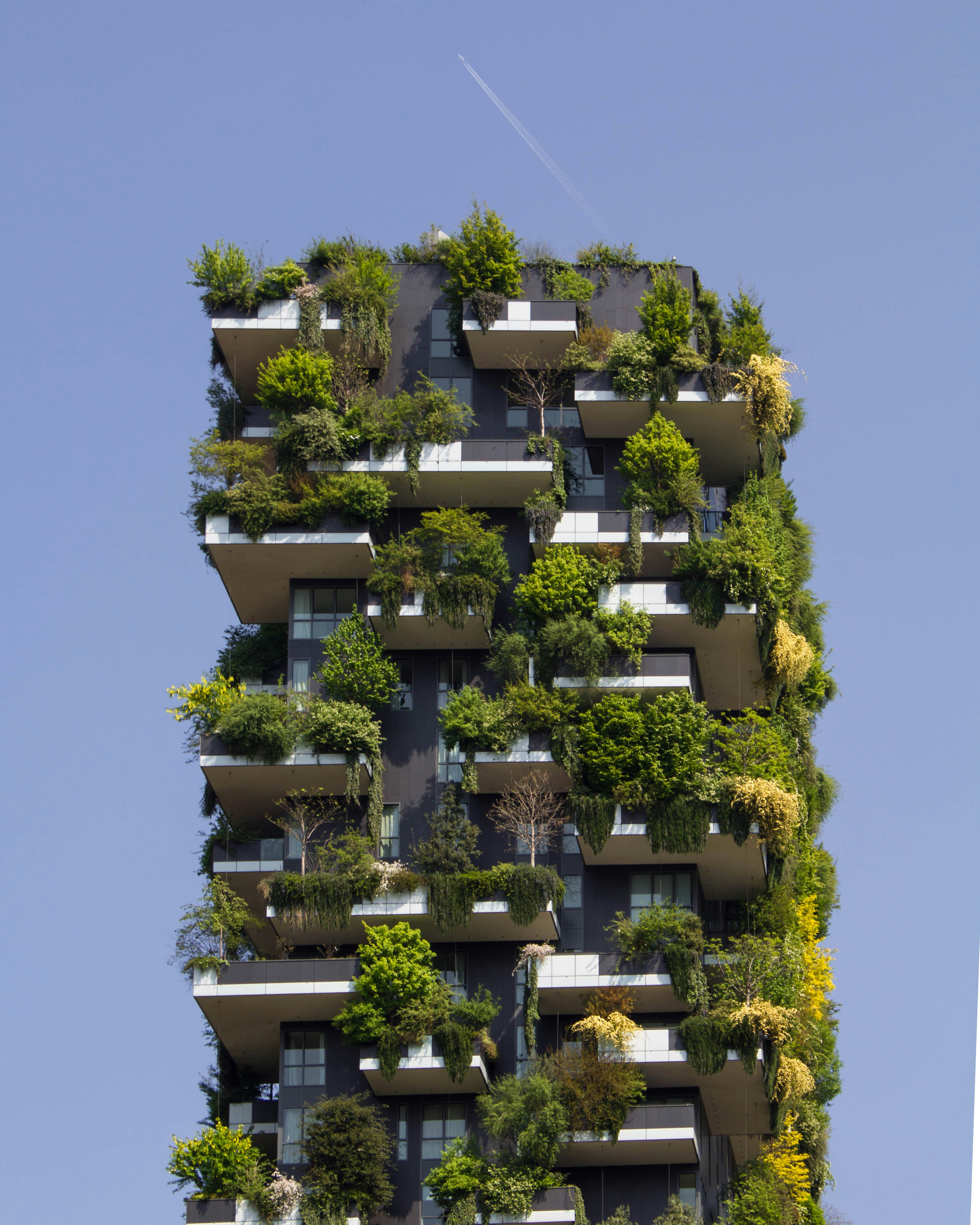In her 20 years of experience, Eierman's credentials include becoming a Certified Horticulturist through the American Society for Horticultural Science, Master Gardener, Master Naturalist, and Accredited Organic Landcare Professional. She teaches at conferences and institutions, such as the Brooklyn Botanic Garden and Rutgers.
Eierman is also the owner of EcoBeneficial! located near Manhattan, NY. Kim shares her insight on native versus conventional landscape design, organic and ecological methods, and explains how developers who take an ecological approach can gain an advantage in differentiating their projects that can help to win bids. TPB recently sat down with Eierman for a Q&A session.
TPB: How is native landscape design different from conventional design approaches?
Eierman: Native landscape design begins with an ecological approach – building or enhancing ecological systems and emphasizing indigenous species in support of food webs. It starts with increasing soil biology, designing with native plants suited to the site and the region, and using maintenance practices that focus on plant health, without the use of synthetic pesticides or synthetic fertilizers.
For example, different species of songbirds have different diets and different habitat requirements. An ecological design would incorporate varied habitats, appropriate to the site and region, and include various native plants that support the diet of different bird species. Native landscapes can be very beautiful, but ecological function trumps pure visual aesthetics with this type of design.
TPB: What factors do you consider before and during a project as far as native species and other plant selection?
Eierman: The first step in any project is to do a rigorous site analysis: What is the hardiness zone, sun exposure, patterns of light and shade, wind exposure? What is the soil type, the drainage profile? Is there soil compaction? Other factors include runoff issues, protected wetlands, invasive plant pressure, etc. Within a given site, there can be a number of microsites – each one must be assessed individually.
Soil tests are critical to determine what plants will be best suited to a given site. All of the factors mentioned guide the designer or landscaper in selecting the right plants—regional native plants well suited to the site conditions—and contribute to successful planting.
TPB: What is one thing you would like builders and homeowners to know about land care before they start development?
Eierman: Any tract of land is an ecosystem, and you, as a developer, a designer or a homeowner, can be a good ecological steward with just a bit of planning. It starts with protecting trees before a single piece of equipment enters the site. Trees are tremendously underappreciated for all that they do: Trees intercept rain water with their leaves and branches, capture tremendous amounts of storm water in their root systems, and cool the environment around them. They increase property values and provide habitat and food to creatures that we treasure and value in our landscapes. Once you realize that a tree’s root system extends 2 to 3 times the width of its canopy, and that most tree roots lay within the top 12 inches of the soil, you can then plan differently to protect trees on your site. It’s simple - protect the entire root zone and keep heavy equipment off that area. The compaction to soil and roots, caused by heavy equipment, can kill a tree. The tree may not fail for some years, but you have created a hazard that may kill someone or perhaps fall onto that house you have just built. It happens all the time.
 TPB: What is the biggest challenge you face in working with commercial and residential clients?
TPB: What is the biggest challenge you face in working with commercial and residential clients?
Eierman: The greatest challenge is getting clients to give up turf lawns or at least reducing them to an area that they really use. I call lawns “The Green Desert” – they are ecological wastelands. Lawns are made up of exotic grass species that don’t want to be in this part of the world. They show their lack of adaptation, and appropriateness, by requiring huge inputs – copious watering, tons of fertilizers, and plenty of labor for mowing and maintenance. Lawns are the antithesis of sustainability.
We adopted the lawn from Europe where large manor houses had lawns as a sign of wealth and power over nature. It’s not even our tradition and one we need to give up if we have any hope of improving our ever challenged environment. If you don’t use it, lose it.
Eierman's Recommended Resources
- Ecological landscape Design (blog, podcasts, videos).
- Native Plant Resources: Lady Bird Johnson Wildflower Center database is searchable by state and plant characteristics.
- Industry professionals can join a local (or state) native plant society for resources and education.
- Native Landscapes and Biodiversity Bringing Nature Home: How You Can Sustain Wildlife With Native Plants, by Dr. Douglas Tallamy, professor, University of Delaware.












